Project Diana Site
The first dish to bounce radio signals off the Moon, it was the forerunner to the U.S. Space Program.
In an age where satellite dishes top countless houses and buildings, it’s hard to get excited at the sight of one of these clunky antennae. This one, however, is one that deserves to be celebrated. As part of Project Diana, it launched space exploration into a whole new realm.
Camp Evans in Wall Township, New Jersey, is where United States astronomers first reached for the Moon. It was here that in 1946, the people behind Project Diana discovered they could send and receive radio signals beyond the Ionosphere and out into space.
As the forerunner to the U.S. Space Program, it acted as a gateway into experimenting within the celestial realm by freeing radio communications from their terrestrial restraints. Named for the Roman goddess of the Moon, it also began the trend of naming space projects after Roman and Greek gods like Mercury and Apollo.
Project Diana showed it was possible to use the Moon as a passive reflector, essentially turning it into a big lunar satellite dish. Scientists beamed radio signals at the Moon, which then successfully bounced back to Earth.
The project also led to the creation Earth-Moon-Earth (EME) or “moon bounce” communication. This innovative discovery created the method of radar astronomy that let researchers map celestial bodies such as Venus, and has been used in a few communication systems since. A secret U.S. military espionage program used it to eavesdrop on military communications from the Soviet Russians. Another project was Operation Moonbounce, which used EME for strategic military communications.
However, moon bounce communication was soon abandoned by the military with the advent of communications satellites in the early 1960s. The Project Diana site is now part of the Information Age Science History Museum and Learning Center.
Know Before You Go
Make sure to visit all of the exhibits at the Info Age Science Learning Center.
Community Contributors
Added by
Edited by
Plan Your Trip
The Atlas Obscura Podcast is Back!



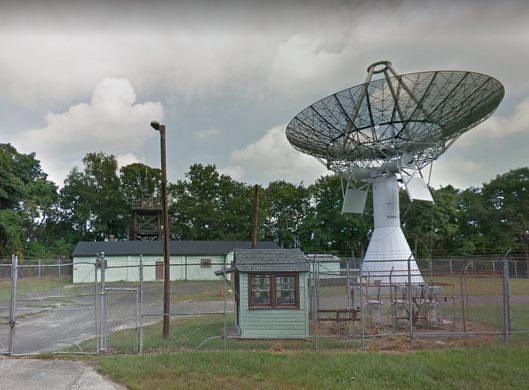
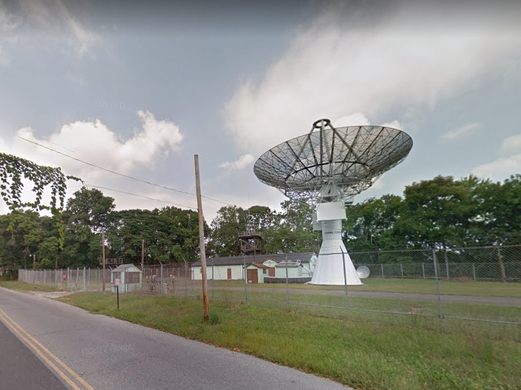

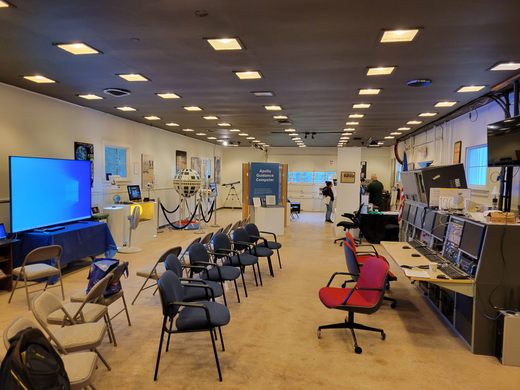




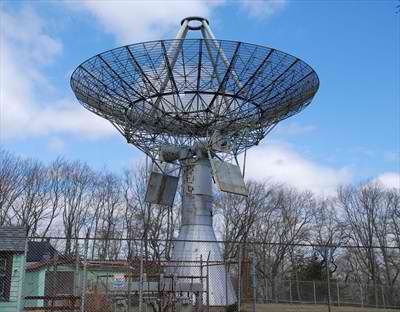
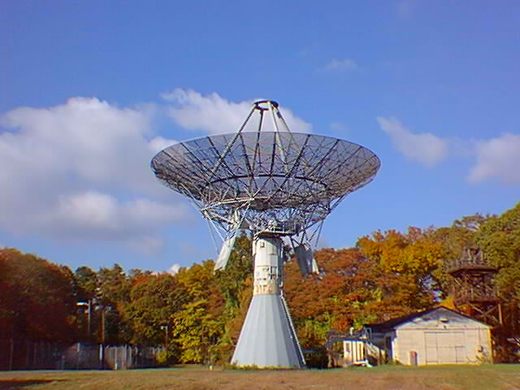

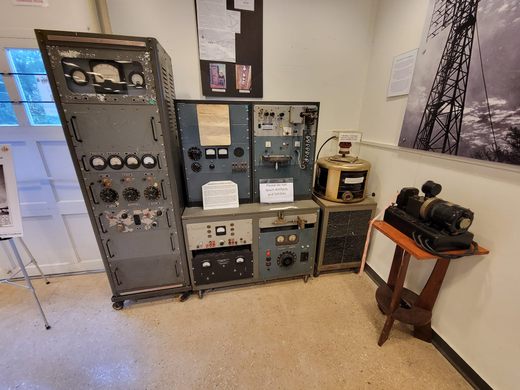

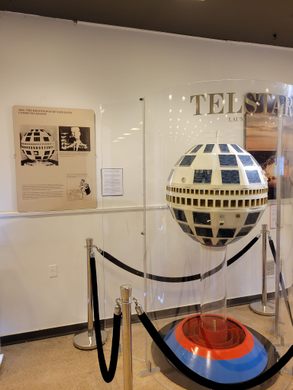
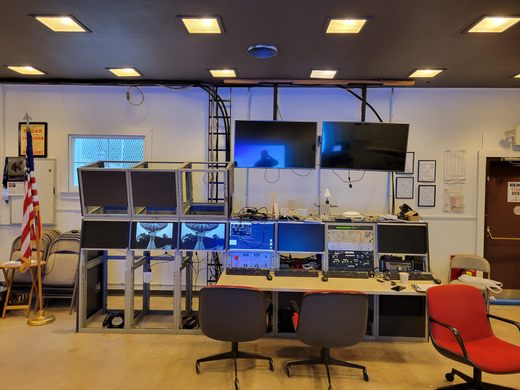








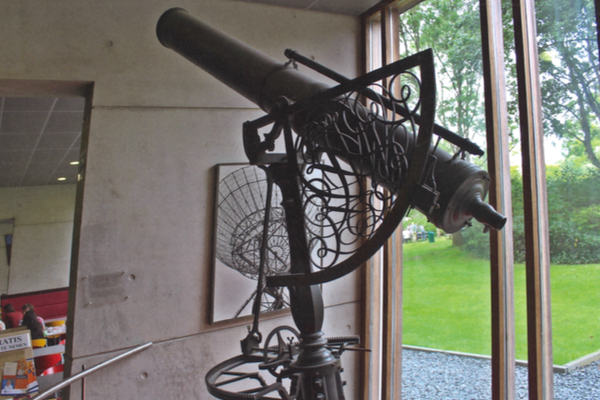
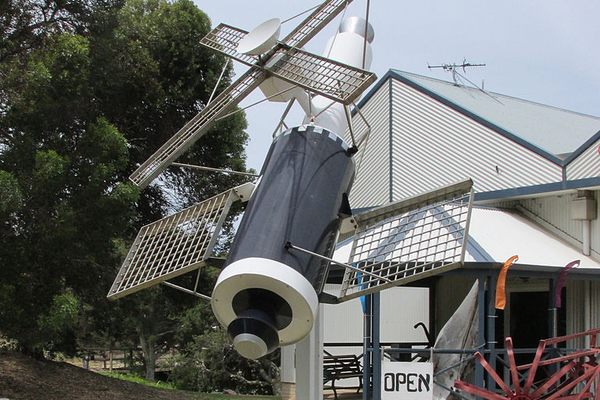

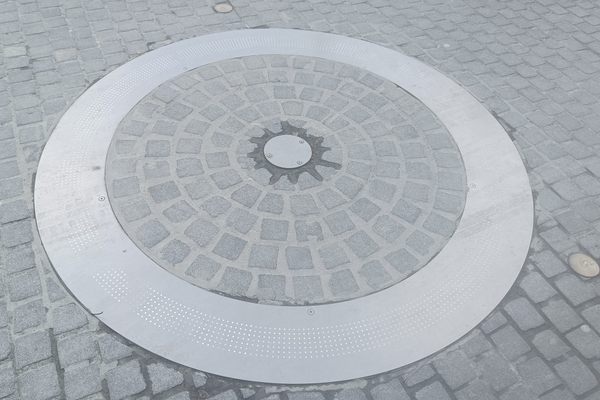

Follow us on Twitter to get the latest on the world's hidden wonders.
Like us on Facebook to get the latest on the world's hidden wonders.
Follow us on Twitter Like us on Facebook